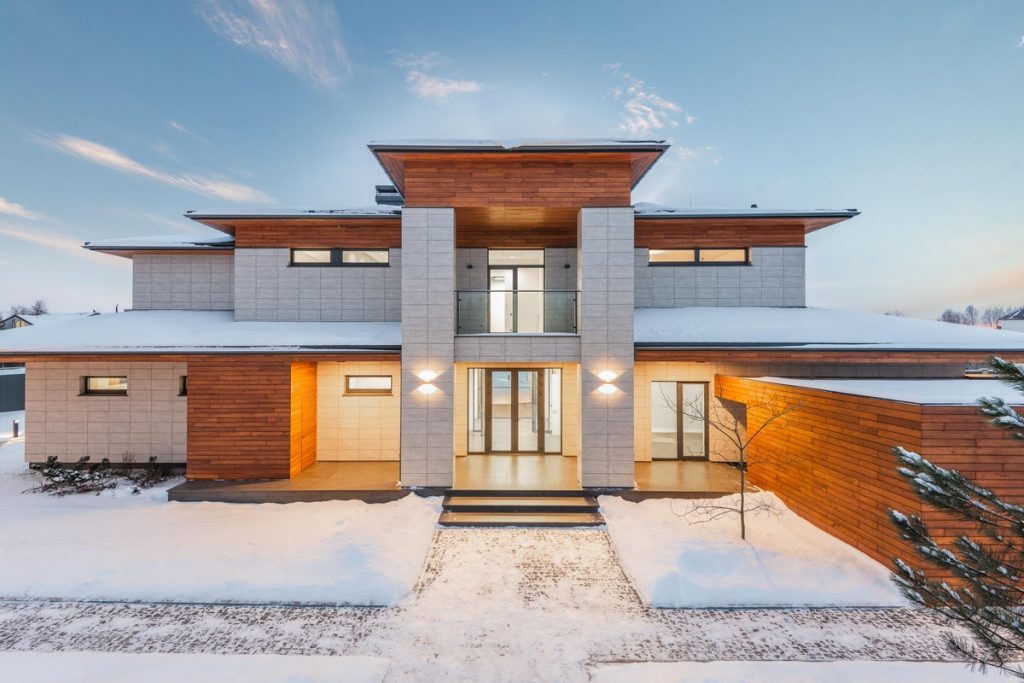As winter sets in, it’s important to take steps to ensure the safety of your family. From preventing fires to protecting against carbon monoxide poisoning, there are a number of hazards to be aware of. But don’t worry; here are the top eight tips to keep your family safe at home this winter.
Check Your Smoke and Carbon Monoxide Detectors
Make sure your detectors are in working order, and test them monthly. Consider buying combination detectors that can do both. It’s also a good idea to create and practice a fire escape plan with your family, so everyone knows what to do in case of an emergency.
Keep Your Home Well-insulated
One of the best ways to keep your home safe during winter is to ensure it’s well-insulated. This will help prevent pipes from freezing and bursting and keep out drafts that can lead to fires.
If there are children at home, proper insulation also ensures the indoor temperature is comfortable. Kids get cold faster because they lose heat through their skin faster compared to adults. So check your insulation regularly and add more if necessary.
Be Careful With Space Heaters
Space heaters are a great way to stay warm during winter, but they can also be dangerous if used improperly. Only use heaters that have been tested and approved by a reputable consumer organization. Always keep them away from flammable materials such as curtains or bedding, and never leave them unattended while they’re on.
Watch Out for Ice Dams
Ice dams can form on roofs when melting snow refreezes at the edge of the roofline. This can cause water to back up under shingles, leading to leaks and damage inside your home. To prevent ice dams from forming, make sure your roof is well-insulated and ventilated so that heat can escape. Keep gutters clean and clear of leaves and debris so melting water can drain properly. And finally, if you see an ice dam starting to form, you can usually remove it with a garden hose before it gets too big.
Beware of Dust
Keep the indoor air clean. Dust mites thrive in dusty environments, and their droppings can trigger asthma and allergy attacks. To reduce dust in your home, vacuum regularly with a HEPA filter and dust with a damp cloth. Doing so would prevent dust from flying around the house, which increases the risk of inhalation. Make sure to clean every nook and cranny where dust might accumulate. Window blinds, for example, are often forgotten but can be a breeding ground for dust mites. Although cleaning them can be tricky, there are different tutorials online on how to clean blinds properly. Another example would be air vents. These should be vacuumed or dusted every few months to prevent the build-up of dust and dirt.
Check Your Appliances
Appliances such as furnaces, dryers, and stoves can be a fire hazard if not properly maintained. Have your furnace serviced by a professional every year to make sure it’s operating safely. Cooking food indoors, especially in a house with little ventilation, creates air pollution that may exacerbate respiratory problems. If you must cook indoors, open a window or door to let some pollutants out.
Keep flammable objects such as paper and fabric away from your stove.

Find a Safe Winter Activity
Every year, about 20,000 people come into the emergency room due to injuries from sledding, the American Academy of Pediatrics said. The injuries range from simple scrapes and cuts to more serious cases such as broken bones and traumatic brain injuries.
However, winter doesn’t have to be so droll. There are other activities that are safe and just as fun. Building a snowman is a great way to spend time with your family while staying safe. If you do choose to go sledding, make sure to sled in an area free of obstacles such as trees, fences, or rocks. Wear proper clothing to stay warm and dry, and always sled with someone else, so someone is there in case of an emergency.
Prevent Burns
During winter, people tend to reach for hot food and drinks to warm their bodies. This can also be dangerous because of the risk of scalding.
According to the Washington State Department of Social and Health Services, 84 percent of scald burns occur at home. When possible, use lukewarm water instead and check the temperature before giving it to a child. Adults should also be careful when handling hot food and drinks.
This also applies to the bathroom. People can get scalded by hot water coming out of the shower or faucet. To prevent this, set your water heater to 120 degrees Fahrenheit (48.89 degrees Celsius) or lower before stepping into the shower.
With a bit of caution and preparation, you can enjoy all that winter has to offer without putting your family in danger. By following these simple tips, you can keep your home safe and warm all season long.

